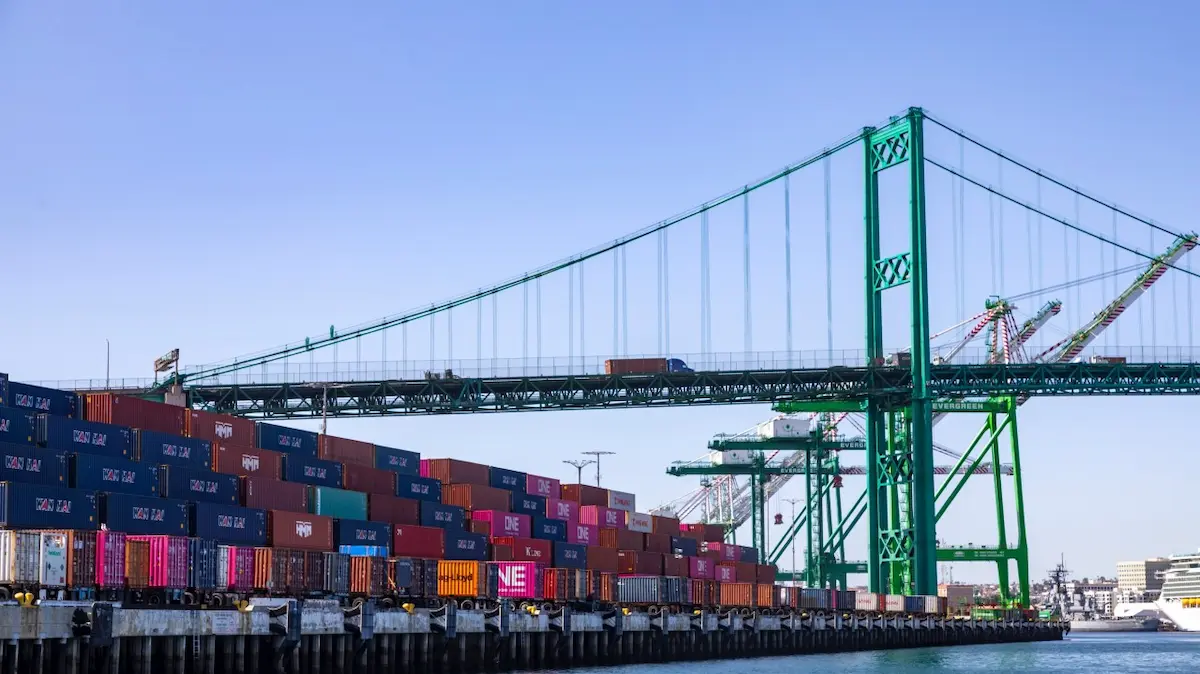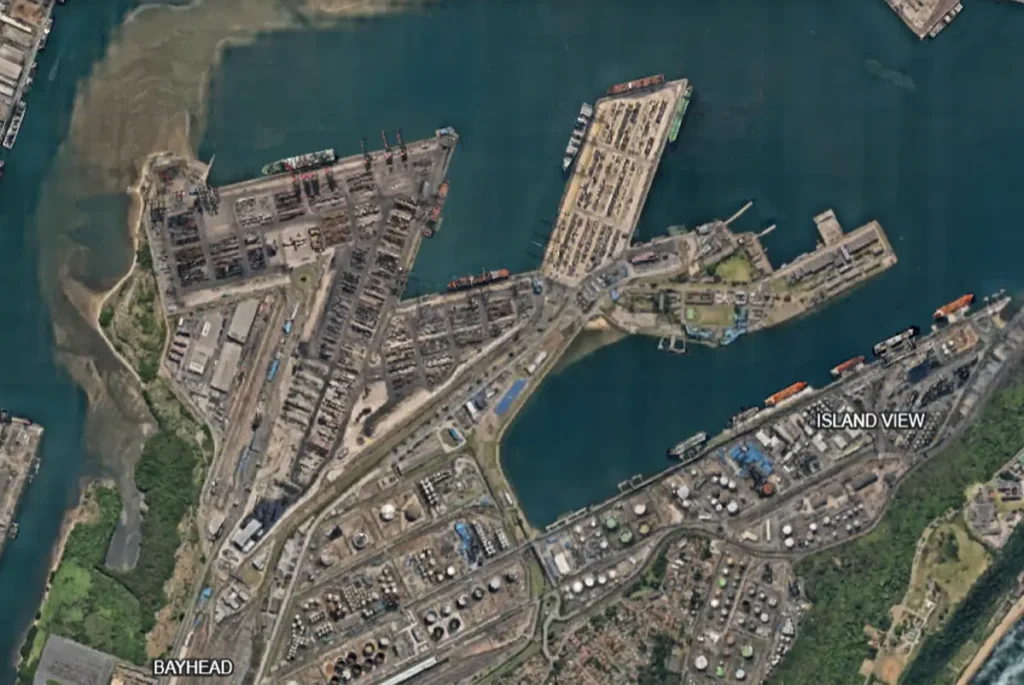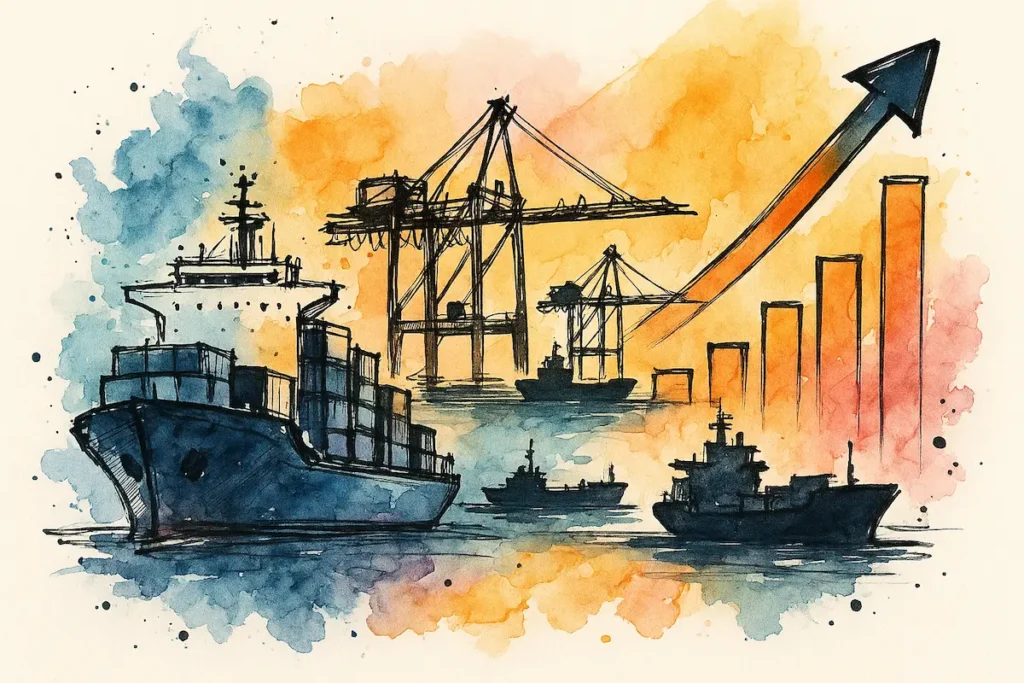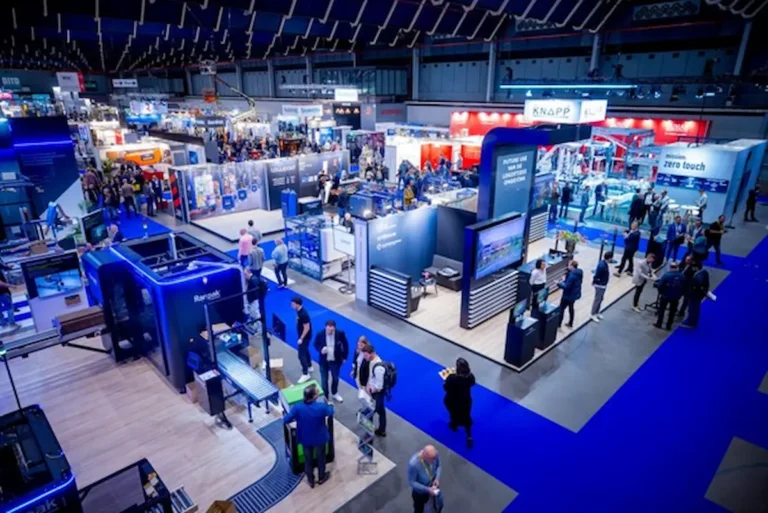Faced with the threat of steep tariff hikes, importers accelerated cargo movement through the Port of Los Angeles in June, resulting in 892,340 TEUs handled, an 8% year-over-year increase and the busiest June in the port’s 117-year history..
According to Port of Los Angeles Executive Director Gene Seroka, the spike is driven by businesses pulling forward shipments, some of which typically arrive later in the year, to avoid the financial impact of new duties expected to take effect in August..
This tactical front-loading could push July to become the new seasonal peak, disrupting traditional shipping cycles..
The June 2025 full import TEU figures were 32% more than the May 2025 figures, highlighting how the front loading can create a massive surge in volumes.. While on one side this increase is good, it also has the potential to put unexpected pressure on all infrastructure, ports, chassis, trucks, handling etc..
Tariff-driven surges are not the first
This isn’t the first time trade policy has triggered a volume spike at the Port of Los Angeles. Similar surges occurred:
- July 2024: Importers rushed to bring in goods ahead of anticipated duties, pushing volumes up 17% month-over-month, with footwear and retail sectors leading the charge..
- Q3 2024: The port processed 2.85 million TEUs, its largest-ever quarterly performance, as businesses hedged against policy volatility..
- Although tariffs are set to rise by 20–50%, the port expects July volumes to hit 950,000 twenty-foot equivalent units, as per Seroka.. Seroka added that July 2025 has recorded seven extra loaders on the books to help handle shipments..
- “It’s just this whipsaw effect, as we saw in the month of May, people slammed on the brakes importing goods from China and, to an extent, other places,” said Seroka. “And then with this little bit of timeline movement to August 1, you start seeing a quick shot up of the imports that are coming in now.”
These episodes reflect a recurring theme – policy uncertainty distorts supply chain planning, forcing importers to act fast, often at the cost of long-term efficiency.
Fiscal year closes strong, but risks loom
The Port wrapped up its fiscal year on June 30 with 10.5 million TEUs processed, marking its third consecutive year above the 10 million mark, a feat unmatched in the Western Hemisphere.. Notably, this milestone was achieved without a single vessel backup, underscoring operational resilience..
Yet, Seroka cautions that this front-loading may lead to softness in Q3 and Q4, as inventories swell and demand normalizes.. The risk of inventory bloat, compressed margins, and warehousing strain looms large if the surge proves unsustainable..
Strategic implications for shippers and policymakers
- Short-Term Wins, Long-Term Volatility: While the surge boosts throughput now, it may distort forecasting and strain downstream logistics later..
- Policy as a Supply Chain Trigger: Tariff announcements continue to act as catalysts for import behavior, often overriding seasonal norms..
- Operational Excellence vs. Demand Whiplash: The Port’s efficiency is commendable, but the broader system must brace for uneven demand and capacity mismatches..













